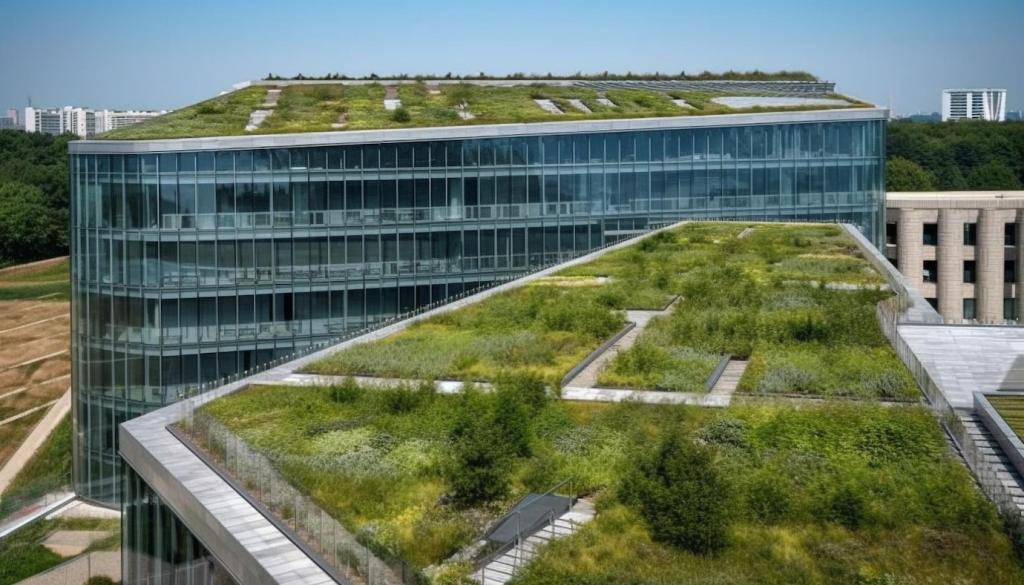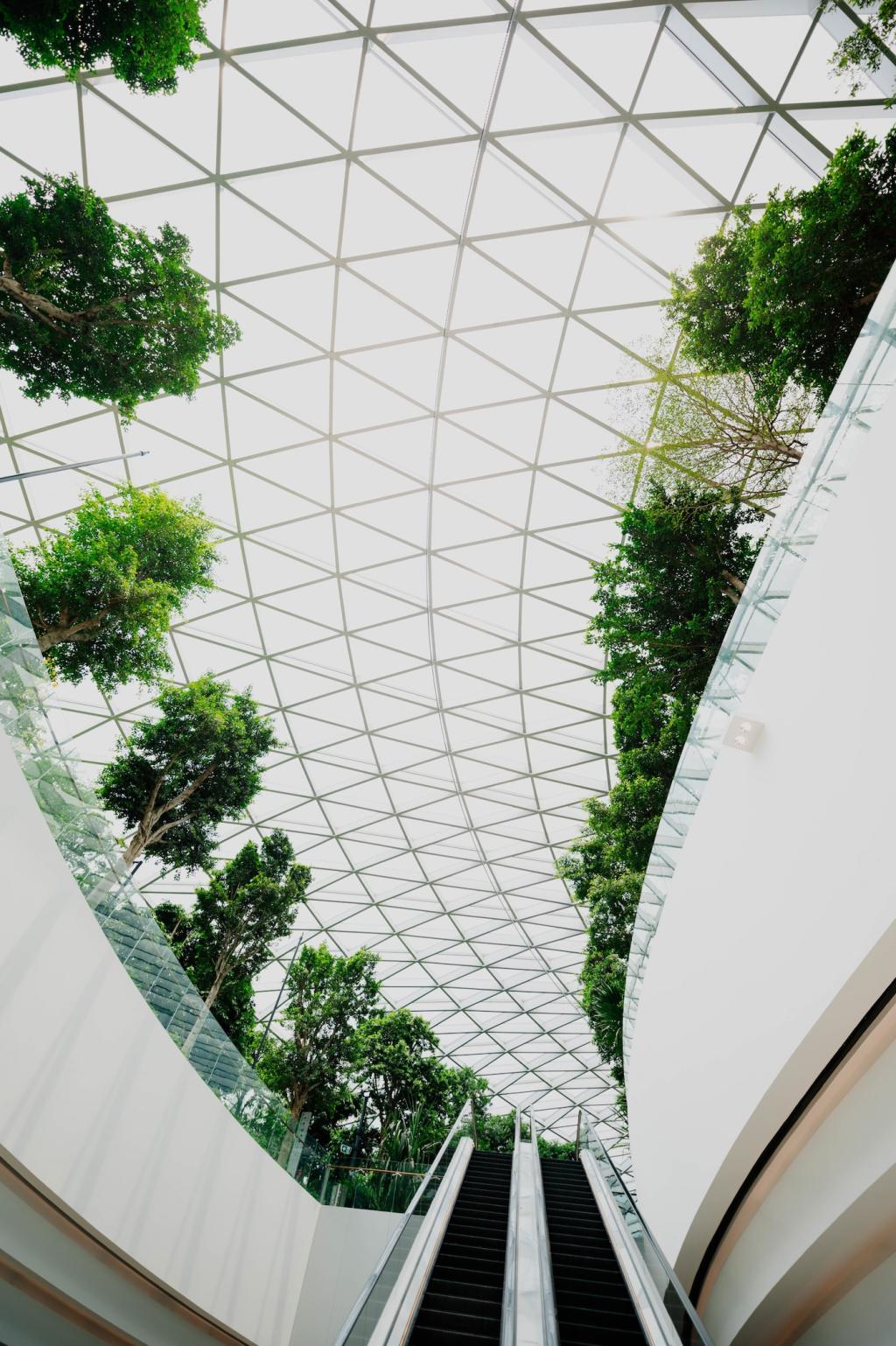This website uses cookies so that we can provide you with the best user experience possible. Cookie information is stored in your browser and performs functions such as recognising you when you return to our website and helping our team to understand which sections of the website you find most interesting and useful.

Renewable Resources in Home Building
The integration of renewable resources in home building is transforming the construction industry, fostering sustainability, energy efficiency, and environmental responsibility. As the demand for greener living spaces grows, architects, builders, and homeowners are embracing innovative materials, smart design principles, and renewable energy sources to minimize the ecological footprint of homes. Utilizing renewable resources not only conserves the planet’s finite reserves but also leads to healthier, more comfortable, and cost-effective living environments for residents. Exploring the variety of materials, energy solutions, and design strategies reveals the vast potential for creating homes that are both environmentally conscious and remarkably functional.

Bamboo: The Rapidly Renewable Choice


